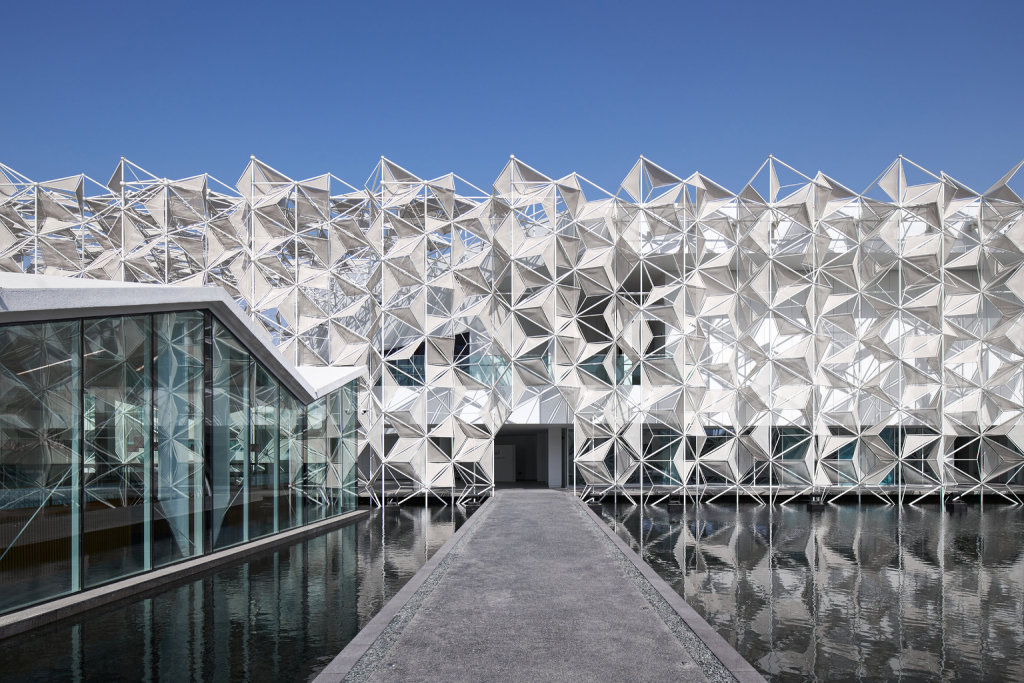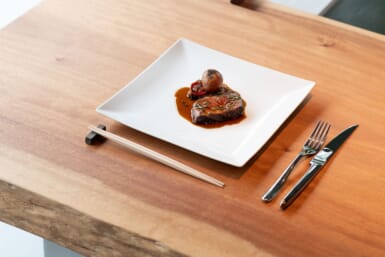Just like the Tokyo 2020 Olympics and Paralympics, the Dubai 2020 World Expo was postponed from 2020 to 2021 due to the global pandemic. Now officially underway from October 1, 2021, to March 31, 2022, the Expo is gearing up to wow visitors. Aside from the host, all eyes are on Japan too as they will be taking up the baton for the Expo 2025 Osaka, Kansai, Japan.
The World Expo is one of the oldest and largest international events in the world taking place every five years over the course of six months. For the first time in World Expo history, every one of the 191 participating countries will have a pavilion on Expo 2020’s sprawling site, encompassing 4.38 square kilometers in the Dubai South district. Visitors will be enriched with architecture, culture and the world’s most inspiring innovations.
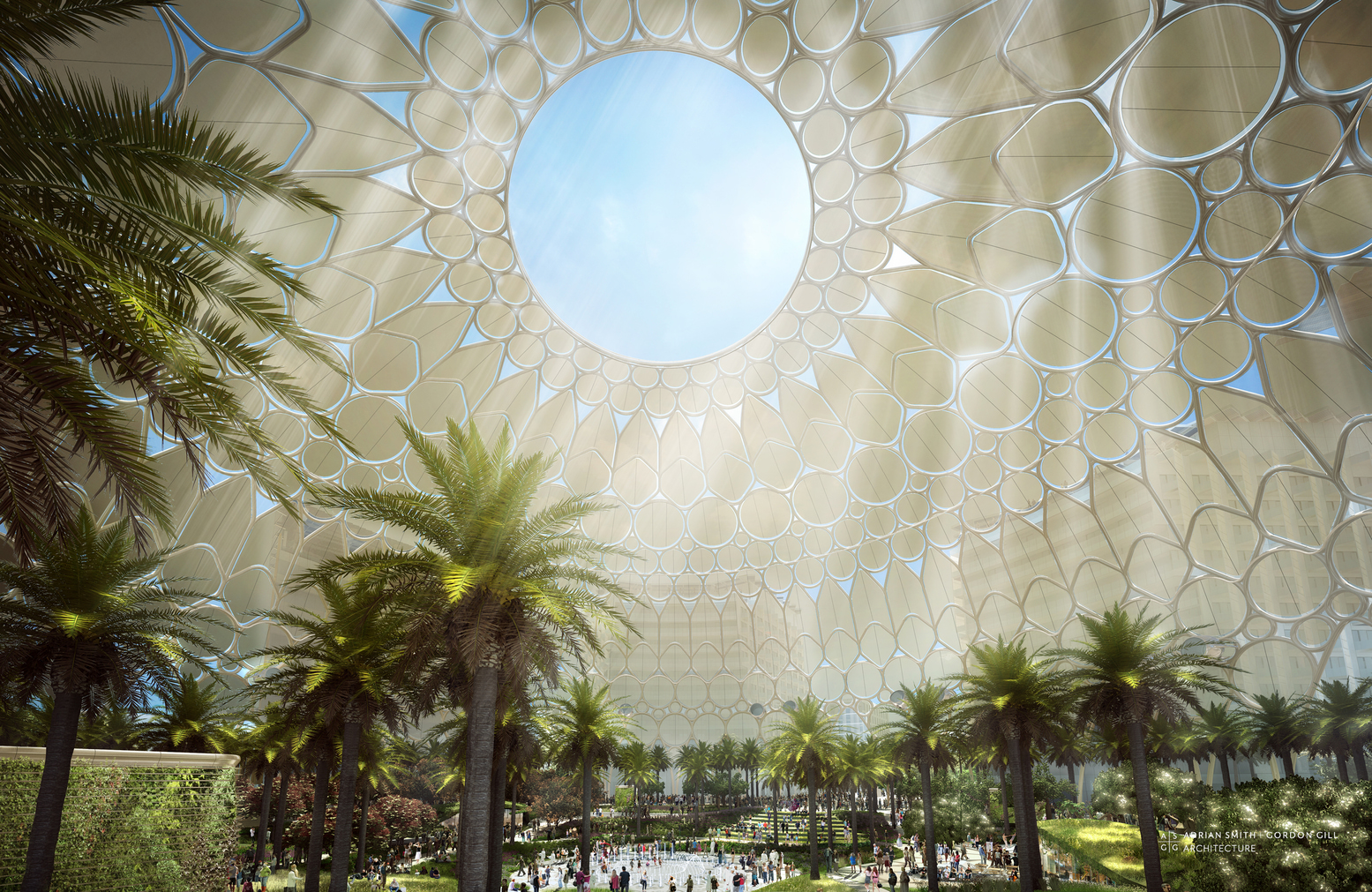
EXPO 2020 Dubai
Despite the unprecedented challenges posed by the pandemic, the Japan Pavilion at the Dubai Expo was successfully completed well before the start of the expo. The theme of the pavilion is “Where ideas meet,” playing into the overall expo theme of “Connecting Minds, Creating the Future.” This will also connect to the Expo 2025 Osaka, Kansai, Japan theme “Designing Future Society for Our Lives.”
The aim of the Japan Pavilion is to strengthen Japan’s voice in the global community, develop and promote Japanese industry, increase inbound tourism, continue and add to the legacy of the Expo and empower the next generation with greater opportunities to realize their full potential.
Using the latest technologies paired with the Japanese aesthetic sensibility, the Japan Pavilion will offer a range of experiences.
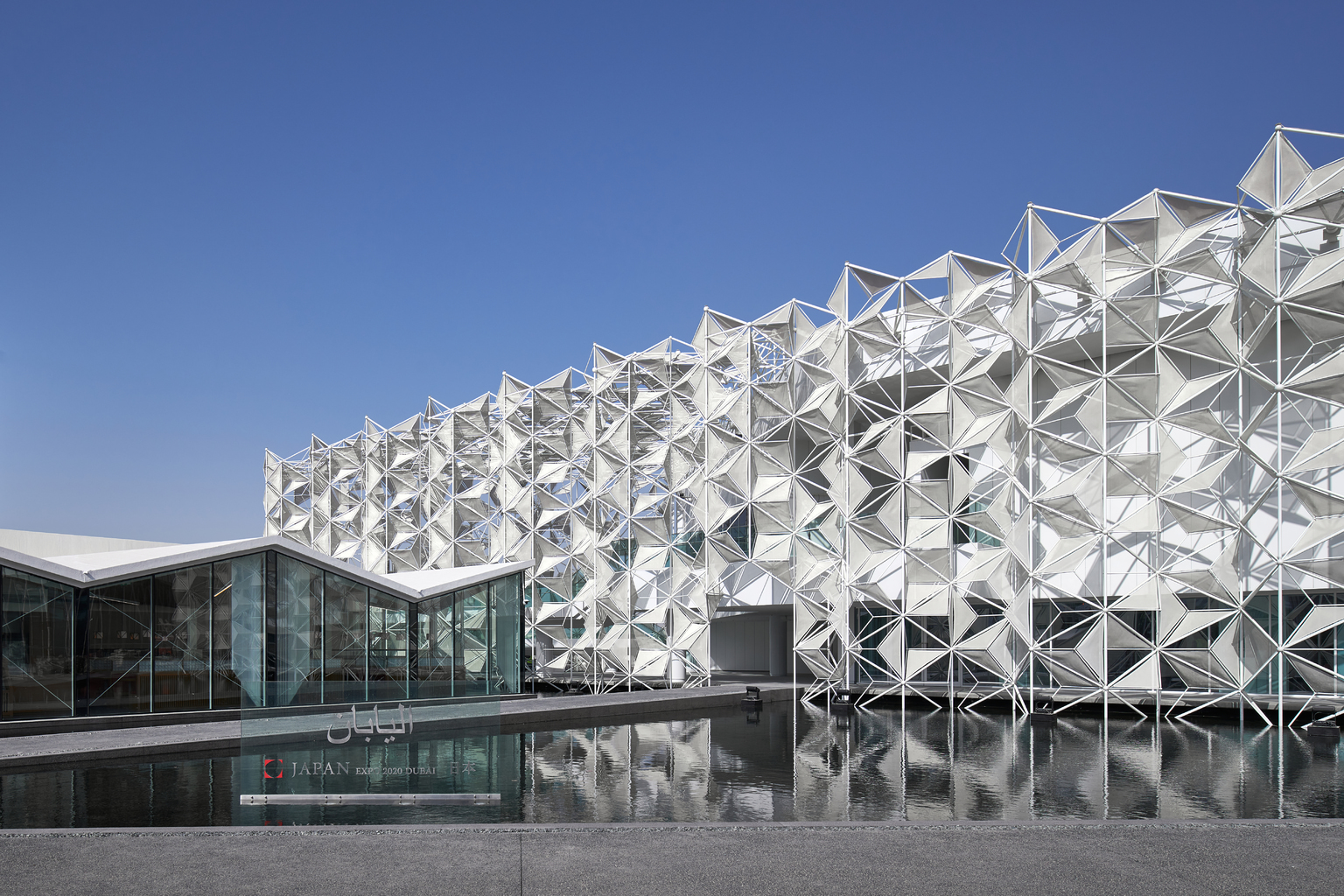
EXPO 2020 Dubai Japan Pavilion
Japan Pavilion Architecture
The white origami-like façade of the building was designed by Yuko Nagayama. Perceiving the similarities between traditional Arabesque Middle Eastern and Japanese Asanoha geometrical patterns, she created a new kind of geometrical 3D lattice serving as the structure and environmental filter. “Based on the expo’s theme of ‘connecting,’ I conceived the theme of the architecture in particular as two types of connections: the cultural connection and the technological connection between Japan and the Middle East,” Nagayama states.
The technological aspect of the design is in sustainable architecture. An expanse of water surrounding the Japan Pavilion serves as a natural cooling system. The water itself has a second aesthetic role: reflecting the facade. The white lattice also has two roles: an aesthetic one and a technical one in blocking and filtering the sunlight.
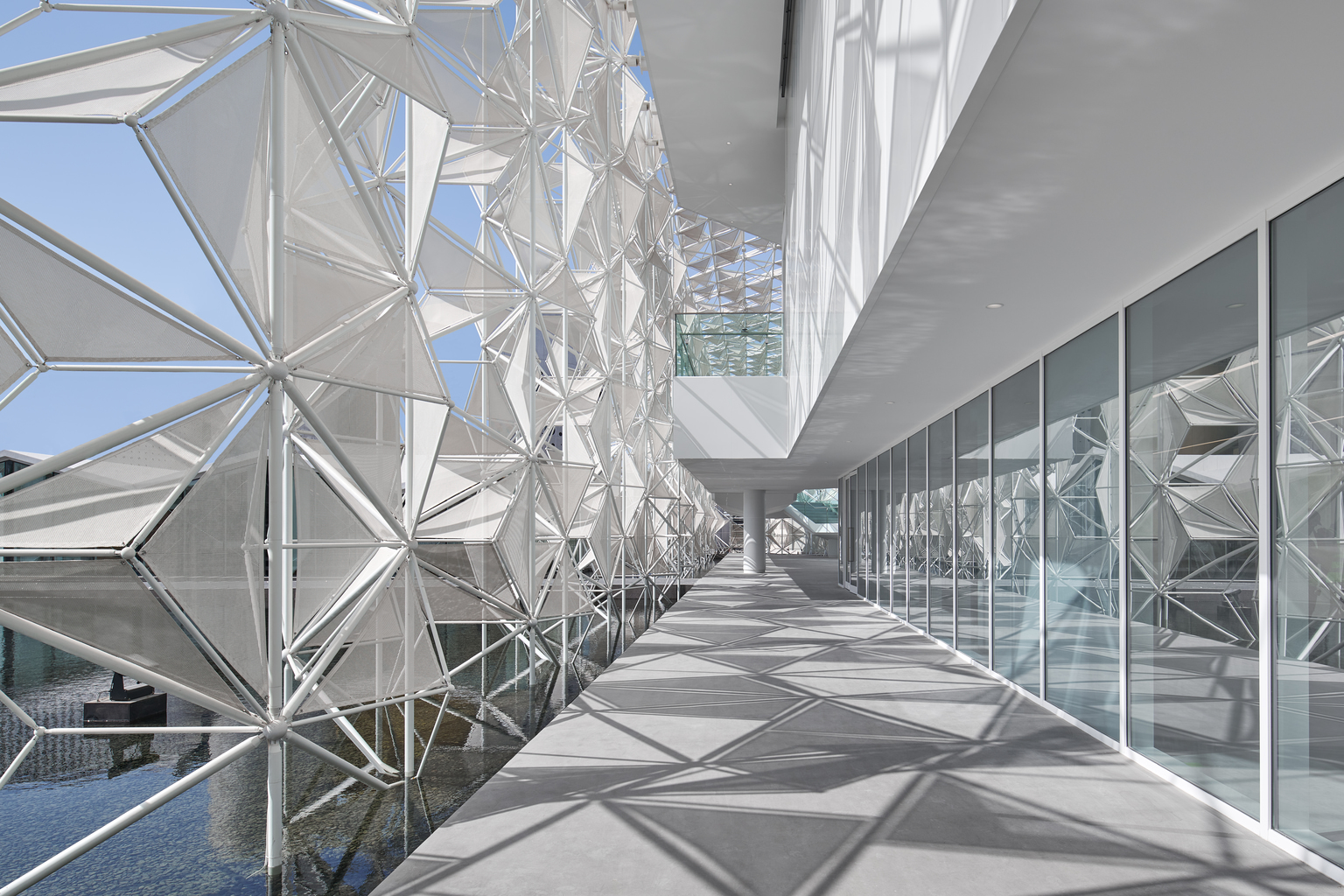
EXPO 2020 Dubai Japan Pavilion
Japan Pavilion Attendants Uniforms
Kunihiko Morinaga of the globally recognized brand ANREALAGE designed the uniforms of the Japan Pavilion attendants in line with the design of the building and the overall themes. Drawing inspiration from the connection between Middle Eastern and Japanese patterns, he combines hearts and stars in yet another unique geometric lattice. The pattern is embossed on the subtle cream blazers, but is luminescent, shining like neon when hit by any light.
The uniforms are designed to fit everyone, building diversity right into the design. The asymmetric blazer can spread into a sphere, like the world. Finally, the attendants will wear comfortable sneakers, departing from the rigid corporate uniform style in Japan. The sneakers are made by ASICS. Bags, meanwhile, are produced by the PORTER brand, and hats were designed and supervised by Ohko Hirata of Haute Mode Hirata. The uniforms are made from a selection of high-performance, eco-friendly materials produced by Toray Industries.
Events and Exhibitions at the Japan Pavilion, Dubai 2020 Expo
The Japan Pavilion is segmented into six different scenes aiming to immerse the visitors in the space by using technologies such as projection mapping on artificial mist in Scene 1. Scene 3 will showcase a creative side and a love for miniatures. This area will consist of 120 miniatures such as a city made out of various bits of hardware such as keyboards and CDs.
Scene 5 will be a 360-degree theater where visitors will help shape the display by interacting via their smartphones. Finally, Scene 6 is the PR area that will introduce the Expo 2025 Osaka, Kansai, Japan, among other things. Of course, sushi was chosen to represent Japan’s cuisine at the Expo. The well-known Sushiro chain will serve halal sushi, created especially for the Dubai 2020 Expo.
Moreover, December 11, 2021, is the designated Japan Day at the Dubai Expo when events related to Japan will be held throughout the venue. The activities planned to showcase Japan range from traditional nihonbuyo dance performed by Japanese dancer Juraku Hanayagi and others, to an android opera in collaboration with the UAE local orchestra.
Virtual Japan Pavilion
The pandemic is often credited for catalyzing and normalizing virtual experiences. In the case of the Dubai Expo, exhibitors have had extra time to spend on their virtual presence too. Japan will offer a Virtual Japan Pavilion to allow anyone anywhere in the world to join and experience. Two special websites are available where one can experience Scene 1 to Scene 5 of the Japan Pavilion.
In addition, blending the digital presence with the physical presence, there will be the Avatarin robots. During the exhibition period, one can visit the Japan Pavilion via these avatar robots that they will remotely operate from anywhere in the world.
PR Ambassadors of Japan Pavilion 2020
The list of PR ambassadors is satisfyingly diverse. From pop culture icons like Gundam and Pokémon, to astronaut Naoko Yamazaki and singer-songwriter Tatsuo Kamon. UAE exchange students at Tokai University Takanawadai Junior and Senior High School are also active as PR ambassadors. The Dubai 2020 World Expo offers a vital opportunity to showcase Japan as the next host nation. By connecting communities and transmitting a message that creates encounters with people all over the world, the Japan Pavilion will most certainly achieve the goals of its theme, to connect minds and create the future.
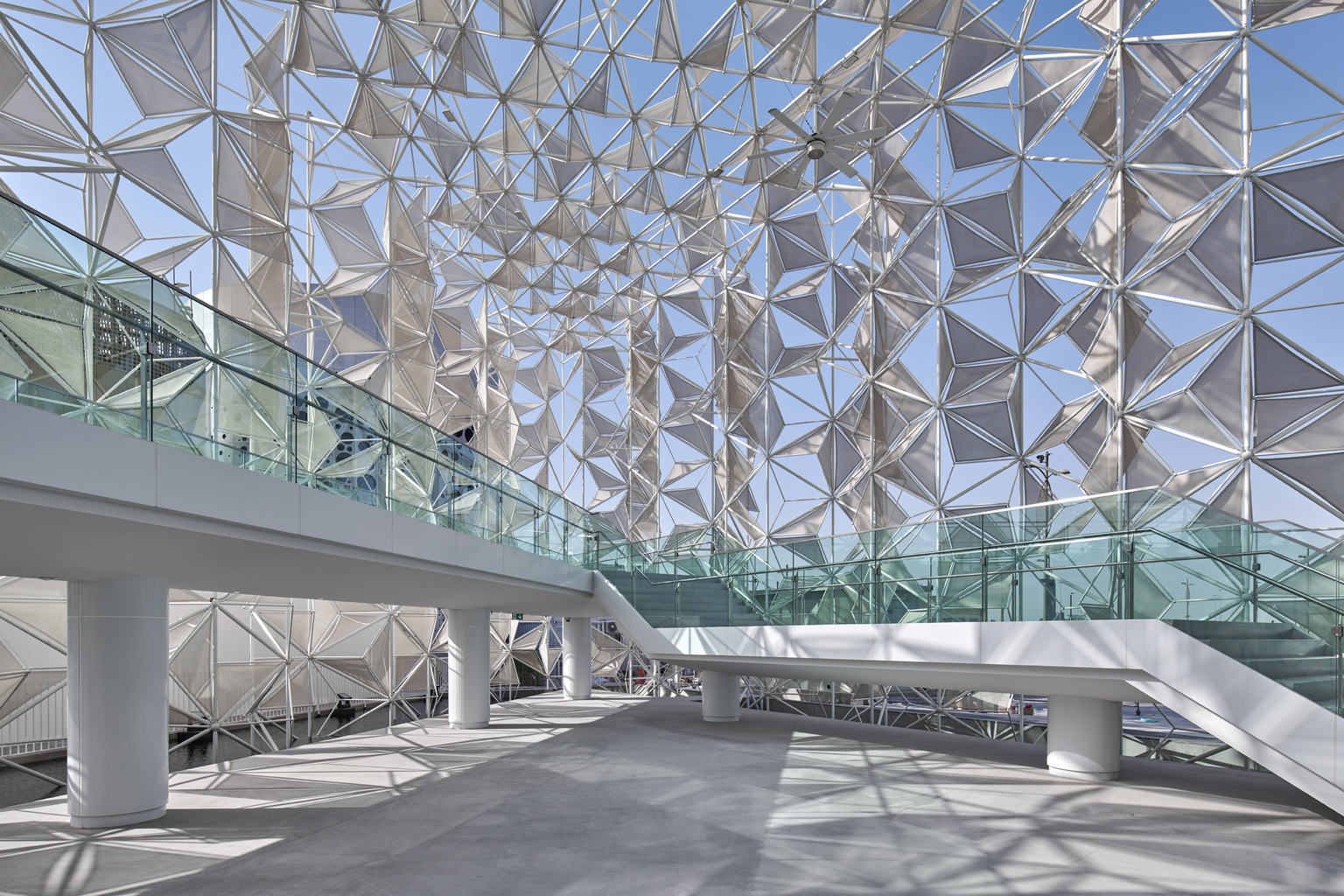
EXPO 2020 Dubai Japan Pavilion
Dubai 2020 World Expo is an ongoing event that will run until March 31, 2022. For more information, visit expo2020-dubai.go.jp/en/
Sponsored Post
This article was published in Tokyo Weekender’s special issue, Made in Japan. Flip through the issue by clicking on the image below.

